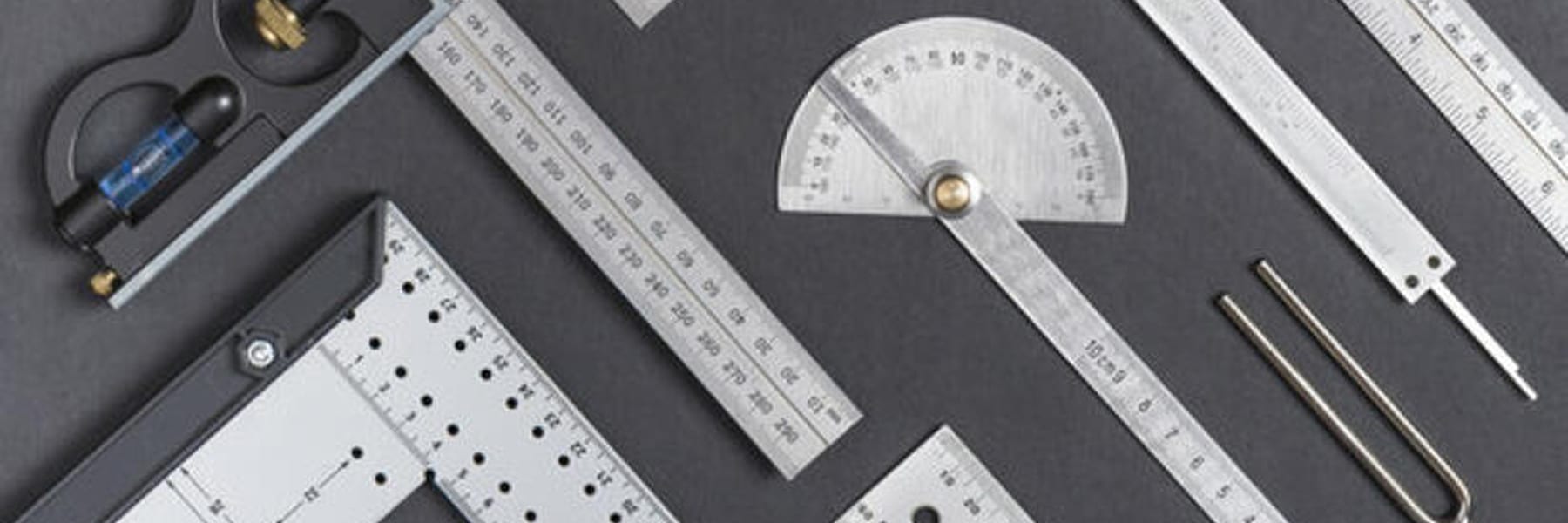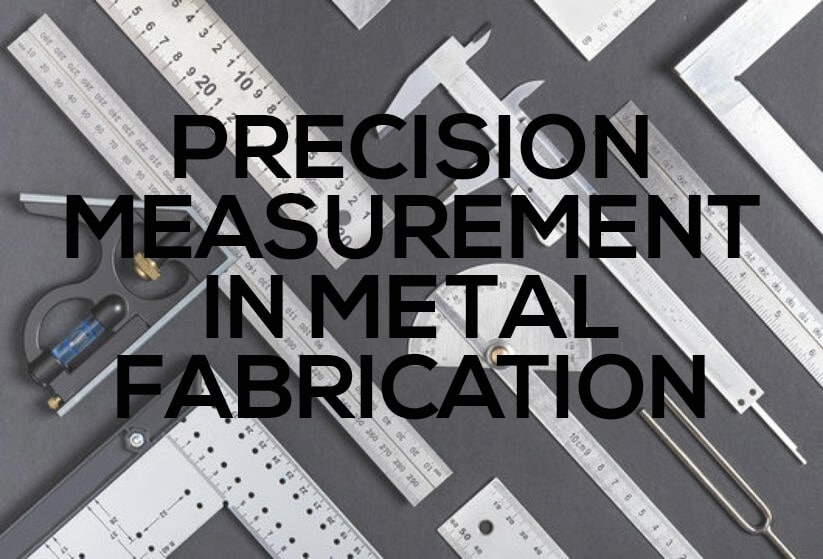Measuring Up
The post on social media was humorous—two “identical” tape measures were shown side by side, with a caption talking about being careful about buying foreign-made knockoffs. One was a highly accurate construction tape measure that had passed a verification process at the manufacturer. The other—well, having a tape measure that showed twelve inches over a span that was technically only ten inches long might be useful in photos next to a prize trout or in other bragging contests, but it probably won’t be of much use to a metalworker who wants to make sure his fabrication project is being built to spec.
Having a system of accurate measurements that is recognized by multiple parties has been an important part of commerce since humans started trading commodities with each other before recorded history began. Over the millennia, metrology—the science of measurement—has been refined and perfected, with universally accepted reference points for lengths, volumes, weights, and other units of measure being carefully defined today by institutions like the National Institute of Standards and Technology (NIST). As measuring tools are calibrated to meet these standards, those instruments can then be used by metalworkers and other craftsmen to accurately measure individual parts as they are produced and assembled.
Everyone involved in a metal fabrication facility, from the company owner to the newest hire, needs to understand the importance and correct use of the precision measuring devices used by the operation to ensure that all projects can be held to the tightest tolerances possible to maintain the company’s competitive edge in the marketplace.
Instruments of Linear Measurement
- Every shop should have one or more steel scales, which are precise metal rulers that have been calibrated and certified to meet industrial standards set by NIST or another metrology laboratory.
- A tape measure built for commercial use that meets metrology standards is good for longer measurements and for determining diameters of large cylinders.
- A caliper is a common device that had its origin over 2500 years ago. Modern calipers are very precise and can be analog or digital in their operation. The popular vernier caliper has two sets of moveable jaws, one for measuring external dimensions and the other for gauging internal dimensions of a hole, as well as a vernier scale that slides along the main scale.
- A micrometer is the most accurate handheld linear measuring tool. Available in either analog or digital, different types of micrometers are designed for different functions, such as external micrometers for measuring the outside of an object, and inside micrometers for measuring the internal diameters of holes.
- A depth indicator can measure the depth of a specific point in reference to the surface of an object. The most accurate type of depth gauge is a depth micrometer.
- A height gauge is used for vertical measurement and consists of a scale that extends up from a reference surface. A popular type is a vernier height gauge that has a sliding vernier scale attached to the main scale.
Other linear measuring tools include gauge blocks (precision ground blocks of specific thicknesses), feeler gauges (thin blades for measuring clearance), radius gauges (blades for measuring convex and concave radii), bore gauges (for measuring the inner diameter of precision machined holes), and screw gauges (for measuring thin sheets of metal or wires).
Tools for Measuring Angles and Multiple Dimensions
- Angles can be measured with a tool like a protractor, while right angles can be confirmed with a machinist square or a right angle, an implement with two precision surfaces set 90° from each other. A level uses an air bubble inside a vial of liquid to indicate when a surface is level with the earth’s surface.
- A two-dimensional inspection apparatus used to check the geometry and size of a part is an optical comparator, which projects a magnified silhouette of the object on a screen so that it can be measured.
- Three-dimensional measuring instruments include profile gauges (a device with a set of independently moving parallel pins that can measure the contours of a surface by being pressed against it to make an impression), the optically based 3D scanner, the x-ray imaging CT scanner (computed tomography scanner), and the coordinate measuring machine (CMM for short), a device that measures the geometry of an object by sensing points on its surface.
Other Inspection Tools
Some other instruments for measuring and inspecting workpieces include the following:
- Dial indicators are gauges that measure slight distances and magnify them on a dial to be easily read. A plunger dial gauge measures the distance its plunger is pushed up, while a test indicator measures the amount its lever moves in an arc.
- Workpieces can be clamped in position horizontally on a bed plate or vertically on an angle plate for layout, inspection, machining, or testing.
- The flatness of an object can be checked against a precision ground surface plate or determined using a surface roughness tester that physically probes or digitally scans its surface.
- The roundness of a cylinder can be checked using a V-block, a block with a precision V shape cut into the top.
- Tolerances can be determined by tools like pin gauges, which can be inserted into a bored hole to inspect a feature such as straightness, and go/no-go gauges, which are devices with dual sections of slightly different sizes that can be plugged or screwed into a machined part, or have a part inserted into them. If the part is to tolerance, then it will fit the “go” section, if not, then the “no-go” section will fit it.
Beyond Meeting Tolerances
The busy metal shop uses measuring tools to make sure their produced parts are to spec to satisfy customer expectations. The metalworker who just settles for being within tolerances, however, may not be the best fit for a facility that wants to stand out among its competition. According to industrial engineer John S. McConnell, true quality isn’t about keeping things within an acceptable range, it’s defined by “the lack of variation.”
The most successful metal fabrication shops instill in their employees an attitude of excellence in their work—hopefully extending to other aspects of their lives—where just being “good enough” is never truly enough. While reaching perfection is impossible, striving to get closer and closer to it as time marches on is the mark of a truly dedicated worker, whether he or she be a custodian, a surgeon, or a metal fabricator.
The shop that becomes known for employing craftsmen and craftswomen who are committed to fabricating parts and projects with an accuracy that goes beyond simply meeting tolerances is a shop that will be continually sought after by customers who desire the finest workmanship available in the metalworking market.







